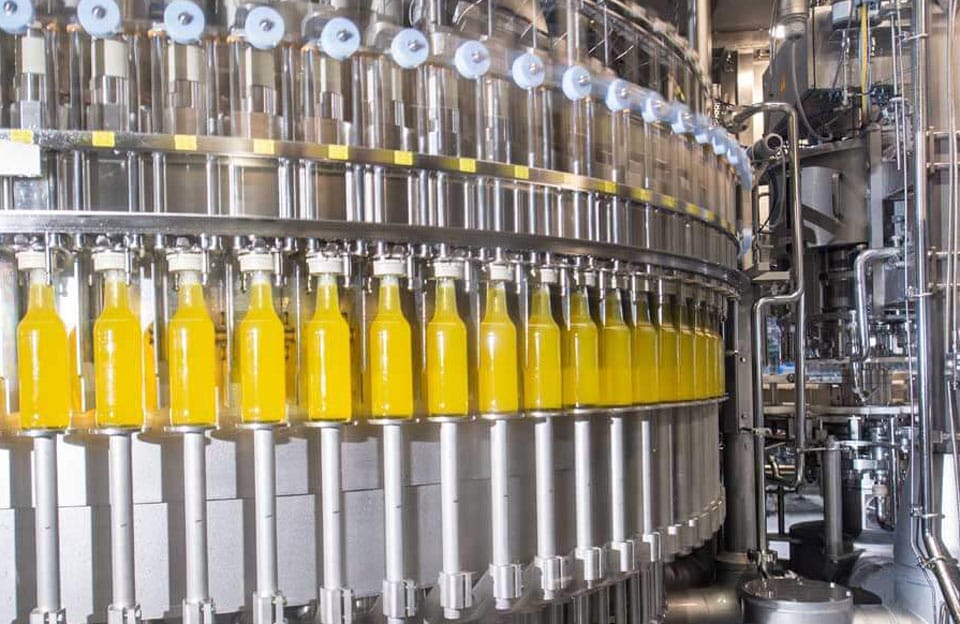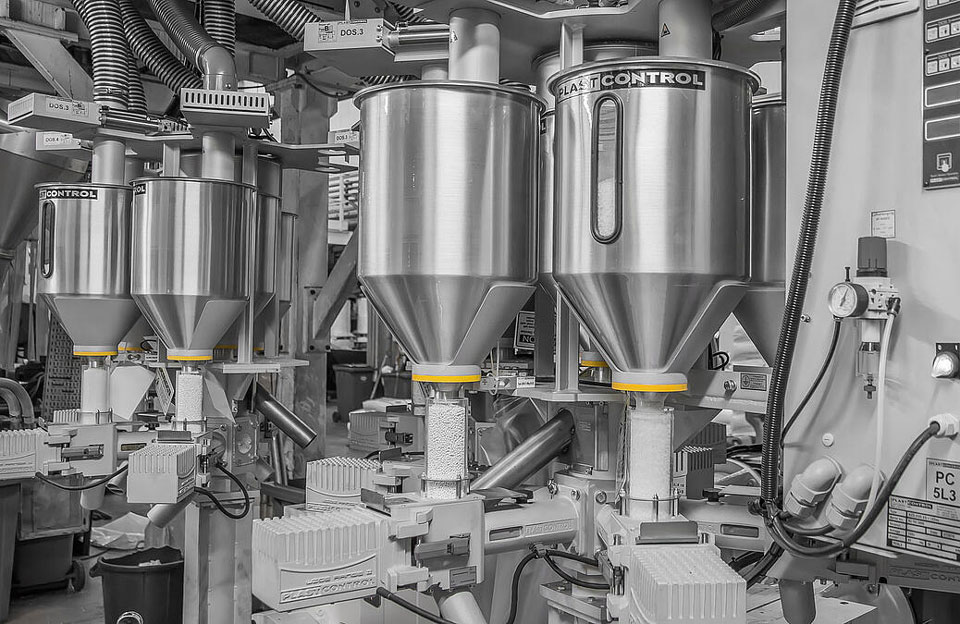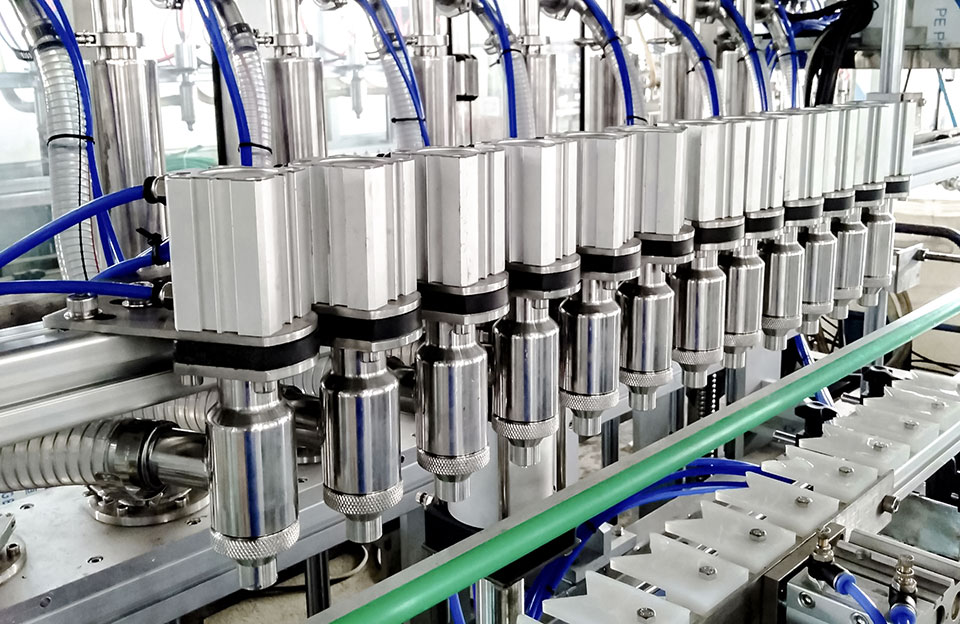The price trends notable for powder filling machine industry can vary due to several factors—for example, the fill volume of the machine. Higher capacity machines that can handle larger production volumes cost more; the machine’s automation level also affects its price. Fully automatic machines that require minimal human intervention and have advanced control systems and integrated functions are often more expensive. Semi-automatic or manual machines are more expensive. The quality and brand reputation of the filling machine are also important factors affecting its price. The future price trend of the filling machine is worthy of our attention.m
Economic Situation Affects The Price of Powder Filling Machine
The economic situation can affect the price trends notable for powder filling machine in several ways:
- Raw Material Cost: Fluctuations in the price of raw materials (such as metals, electronic components, and particular parts) used to manufacture powder-filling machines can affect the overall production cost. If economic conditions lead to higher raw material prices, manufacturers may pass these costs on to customers through higher machine prices.
- Currency Exchange Rate: If the economic situation involves large fluctuations in currency exchange rates, it will affect the import and export costs of powder-filling machines. Manufacturers that rely on imported components or exported machinery may adjust prices to account for currency fluctuations and reduce potential financial risks.
- Supply Chain Disruptions: Economic downturns or disruptions to global supply chains, such as trade restrictions, shipping issues, or shortages of critical components, can lead to increased manufacturing and logistics costs. These additional costs may affect the pricing of powder-filling machines to maintain profitability.
- Demand and Market Conditions: Different economic conditions, such as periods of economic recession or growth, will affect the demand for powder-filling machines. During an economic downturn, when the industry is likely to scale back investment, manufacturers may lower prices or offer incentives to boost demand. Conversely, during an economic upturn, increased demand and competition in the market can lead to higher machine prices.
- Manufacturing Overhead: Economic factors, such as labor costs, energy prices, or regulatory requirements, can affect the manufacturing overhead of producing a powder-filling machine. Manufacturers may adjust pricing to accommodate these cost changes and maintain profitability.
- Government Policies and Incentives: Government policies like taxes, duties, or subsidies may affect powder-filling machines’ cost structure and pricing. Changes in government regulations or incentives introduced for specific industries may affect the prices manufacturers set.
Price Trends Notable For Powder Filling Machine
The future price trends notable for powder filling machine will depend on a variety of factors, including but not limited to the following:
- Technological Progress: Introducing new technologies and innovations in powder-filling machines will affect pricing. As manufacturers invest in research and development to improve their products, advances in efficiency, accuracy, automation, and integration capabilities may impact prices.
- Market Competition: The degree of competition among manufacturers in the powder-filling machine industry affects pricing trends. Intense competition may lead to price adjustments, discounts, or the introduction of more cost-effective models to capture market share.
- Economic Factors: Economic growth may lead to increased investment and demand for powder-filling machines, and different economic conditions, including inflation rates, exchange rates, and overall market stability, can affect filling-machine pricing trends.
- Raw Material Cost: Changes in raw material prices may be passed on to customers through machine price adjustments, such as fluctuations in raw material costs, such as metals, electronic components, and unique parts may affect the pricing of powder filling machines.
- Manufacturing Efficiency: Improvements in manufacturing processes, economies of scale, and supply chain optimization can affect the cost structure of powder-filling machines. Improving production efficiency can save costs, but the price of filling machines will also increase accordingly.
- Industry Needs and Applications: The demand for powder-filling machines in various industries, such as pharmaceuticals, food processing, and cosmetics, can affect pricing trends. Increased demand or emerging applications may lead to increased competition and potential price adjustments.
Conclusion
The impact of the economic situation on the price of powder-filling machines may vary depending on the situation, region, and market dynamics.When considering purchasing a powder-filling machine, it is advisable to keep a close eye on economic conditions, work with reputable suppliers, and consult with industry experts to understand the potential impact on pricing better.


